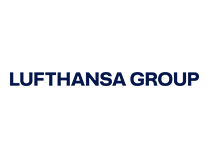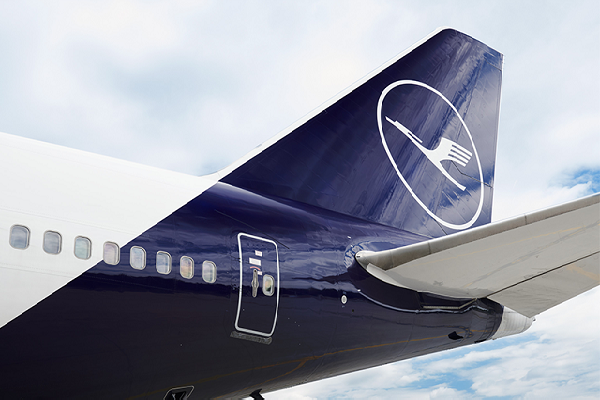Would a new painting process reduce the weight of an aircraft and thus CO2 emissions?

Aircraft need to be repainted regularly, with the new coat of paint usually being applied on top of the old one. In the long term, this makes the aircraft heavier and heavier. The result is increased fuel consumption and thus more CO2 emissions.
Lufthansa now relies on a new painting process where the old paint is chemically removed down to the primer or sanded off before the new paint is applied. The weight of a Boeing 747, for example, is reduced by up to 750 kilograms and the Airbus A320 by up to 250 kilograms.
Since the introduction of the new painting process, the weight of 30 aircraft has already been reduced – saving around 1,300 tons of CO2 emissions per year. This is approximately the same amount of CO2 emitted by six round trip flights between Frankfurt and New York.
Every kilo, every gram, counts on the road to greater sustainability. This is just one measure to lead air transport into a more sustainable future. The ambitious goal of the Lufthansa Group is to become CO₂-neutral by 2050 and to halve their net CO2 emissions by 2030 compared to 2019. Learn more about the steps the Lufthansa Group is taking towards more sustainable flying at #MakeChangeFly.


